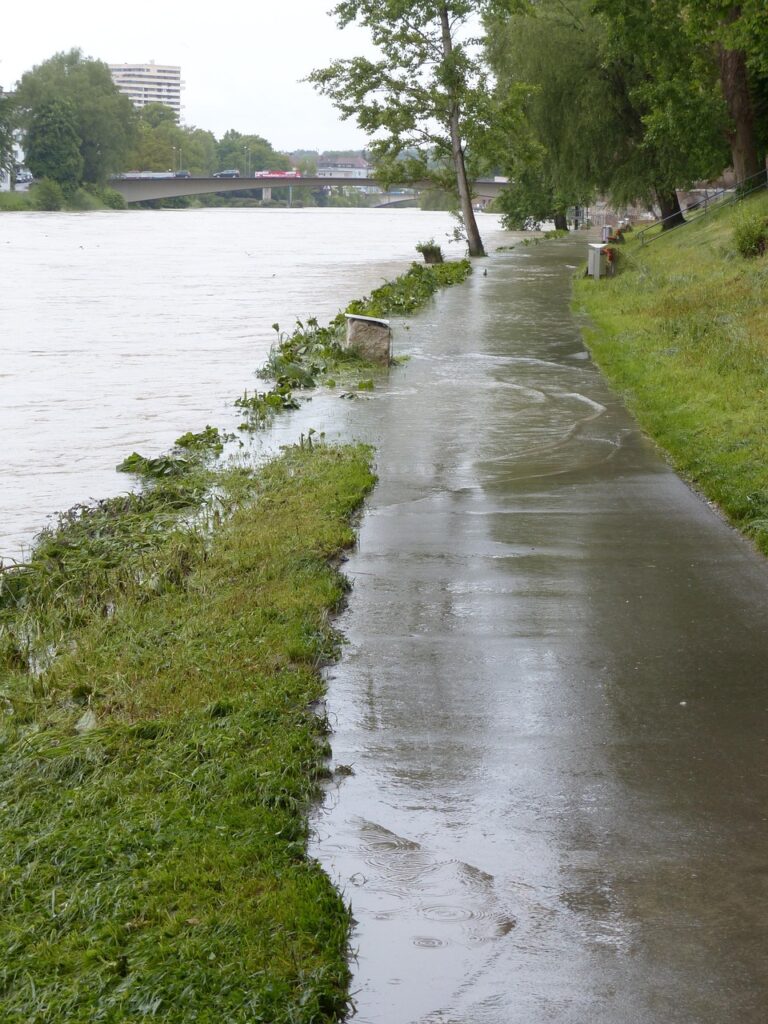Mold can begin growing just 24 hours after a water leak or flood. Learn what to watch for, how to act fast, and when to call in professionals for mold testing or remediation.

Water Damage and Mold: A Race Against Time
Whether it’s a burst pipe, leaky roof, or major flood, one of the most urgent risks after water damage is mold growth. Most people assume they have plenty of time to dry things out—but mold doesn’t wait long.
So how fast does mold really start to grow?
In ideal conditions, mold can begin developing in as little as 24 to 48 hours after exposure to moisture. That’s why quick action is critical to prevent long-term damage and protect your indoor air quality.
The Mold Growth Timeline: What to Expect
Here’s a general breakdown of how mold develops after a leak or flood:
- 0–24 hours:
Surfaces absorb water. Mold spores are present in the air but haven’t yet taken hold. - 24–48 hours:
Mold begins to grow on moist materials like drywall, carpet, insulation, and wood. You may not see it yet, but it’s forming at a microscopic level. - 48–72 hours:
Mold colonies expand rapidly. Musty odors may develop, and stains could start appearing. - 3–7 days:
Visible mold is likely. At this point, professional remediation is often needed to fully remove it.
What Conditions Speed Up Mold Growth?
Mold thrives in warm, damp, and poorly ventilated environments. After a leak or flood, any lingering moisture can set the stage for mold—especially if:
- The temperature is above 70°F
- The relative humidity is over 60%
- Porous materials (like carpets or drywall) stay damp
- Air circulation is limited
Even if the surface feels dry, moisture can remain trapped below, providing the perfect breeding ground for hidden mold.
Where to Check for Mold After Water Damage
After any water event, inspect these high-risk areas:
- Behind walls and under floors
- Beneath carpets and rugs
- Inside cabinets and vanities
- Around windows and baseboards
- In crawl spaces or basements
- Behind or beneath appliances
If you notice musty smells, discoloration, or persistent dampness, don’t wait—mold could already be active.
How to Prevent Mold After a Leak or Flood
Taking the right steps immediately after water damage can make all the difference:
✅ Remove standing water within 24 hours
✅ Use fans and dehumidifiers to dry the area quickly
✅ Remove soaked carpets, rugs, and insulation if they can’t be fully dried
✅ Open windows and doors to improve ventilation
✅ Monitor humidity levels and keep them below 50%
According to the CDC, wet items should be cleaned and dried within 24–48 hours to prevent mold growth—and materials that can’t be dried should be removed entirely.
When to Get Professional Mold Testing
Even after you’ve dried the area, mold can grow in hidden spaces. If you’re unsure whether it’s fully resolved—or you’re experiencing unexplained health symptoms—it’s smart to schedule professional mold testing.
A certified inspector can:
- Detect hidden mold growth
- Assess air quality
- Provide documentation for insurance or real estate
- Recommend next steps for remediation, if needed
👉 EPA: Flood Cleanup to Protect Indoor Air and Your Health
Final Thoughts: Don’t Wait and Hope—Act Fast
Time is the biggest factor in mold prevention. The faster you respond to water damage, the better your chances of avoiding serious (and costly) mold issues.
If your home or property recently experienced a leak or flood, don’t leave it to chance.
Contact us today for a mold inspection and peace of mind.
